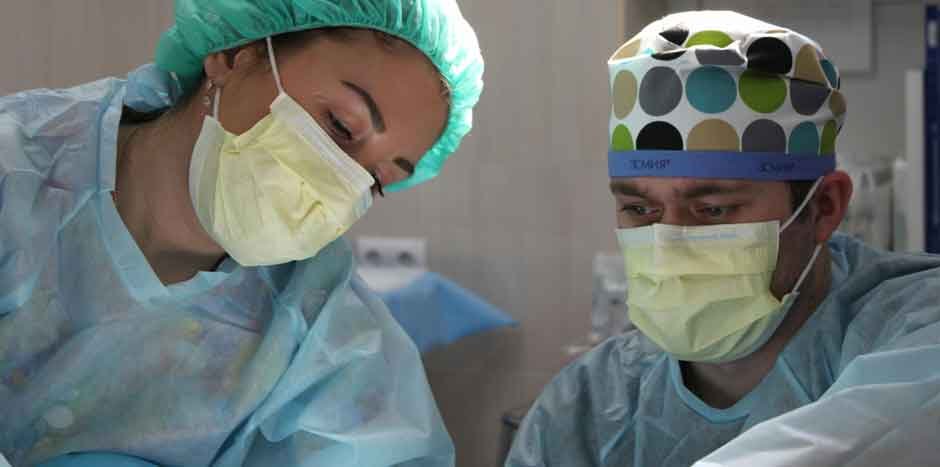In recent years, a series of remarkable advancements have changed and improved the way surgical procedures are performed. These innovations include a wide range of cutting-edge technologies that help surgeons be more precise and minimize invasiveness. These groundbreaking developments are reshaping the surgical landscape by improving patient outcomes and recovery times. As these innovations continue to evolve and gain widespread adoption, they hold immense potential to revolutionize surgical care. They give patients more personalized and effective treatment options.
3D Printing
3D printing technology has changed the game in surgical planning and personalized medicine. By creating patient-specific anatomical models based on CT or MRI scans, surgeons can now practice on realistic replicas before entering the operating room, allowing them to discover and avoid potential complications. This technology also enables the production of custom implants and prosthetics tailored to each patient’s unique anatomy. This innovation minimizes surgical risks and expedites the recovery process. As 3D printing continues to advance, it holds an incredible amount of potential to improve surgical outcomes, reduce complications, and enhance patient care.
Robotic-Assisted Surgery
Robotic-assisted surgery is one of the most important innovations in the field of minimally invasive surgery. This advanced technology leverages robotic systems to boost surgical precision and control. It works by converting the surgeon’s hand movements into small, precise actions performed by miniaturized instruments inside the patient’s body. This means that surgeons can perform complex procedures through smaller incisions, which reduces patient pain and recovery times. The high-definition 3D visualization and improved dexterity offered by these systems contribute to safer, more efficient treatment options and improved surgical outcomes for patients.
Adhesion Protection in Surgery
The adhesion barrier is a big step forward in reducing postoperative complications. Surgeons place these bioresorbable materials between tissues and organs during surgery to prevent adhesions, which are abnormal bands of scar tissue that can cause pain and obstruction. By minimizing the formation of adhesions, these barriers significantly improve patient recovery and long-term outcomes. Their use is especially helpful for patients undergoing abdominal and pelvic surgeries, where adhesions are most common. They represent an important advancement in improving the success of surgeries and patients’ quality of life.
AI Advancements
Artificial intelligence (AI) is making significant strides in the surgical field. It offers surgeons new tools for decision support, risk assessment, and procedure optimization. Machine learning algorithms can analyze large amounts of patient data like medical records, imaging scans, and surgical videos, to identify patterns and predict potential complications or outcomes. AI-powered systems can also provide real-time guidance during procedures. As AI continues to advance, it has the potential to augment surgeons’ capabilities, reduce human error, and ultimately improve patient safety and surgical effectiveness.
Precision Therapy in Surgery
Nanomedicine and targeted drug delivery systems are revolutionizing the way medications are administered during and after surgical procedures. By using nanoparticles to encapsulate drugs, these innovative approaches enable the precise delivery of therapeutic agents directly to specific cells or tissues, which minimizes systemic side effects. This targeted approach is particularly beneficial in cancer surgery, where nanoparticles can be used to deliver chemotherapy drugs directly to the tumor site, reducing damage to healthy tissues. Nanomedicine also offers the potential for controlled drug release over time, allowing for sustained therapeutic effects and improved patient comfort. As research in this field continues to advance, nanomedicine and targeted drug delivery are poised to transform surgical care, offering more effective, personalized, and less invasive treatment options.
Conclusion
In conclusion, the innovations discussed in this article are just a few examples of the advancements transforming surgical procedures. They hold immense potential to increase surgical precision, minimize complications, and improve patient outcomes. The integration of these cutting-edge tools and techniques into surgical practice doesn’t just benefit patients; it also empowers surgeons to push the boundaries of what is possible in the operating room. With these innovations, the surgical community can usher in a new era of personalized, less invasive, and more effective patient care. As the future unfolds, these and other innovations will continue shaping the surgical landscape and improving the lives of patients worldwide.



